- BSI CMOS Sensor; This telescope camera uses an extremely sensitive back-illuminated CMOS sensor; IMX290 sensor has very high QE and very low (0.7e-) read noise; which improved sensitivity in the visible-light and near infrared light regions for industrial applications
- 128MB DDR Buffer;The benefit of the image buffer is that the memory will cache the image and transfer it to the computer when the USB interface is not busy or being interrupted;and the frame will not be lost or corrupted
- Any Area ROI Support;The SV305 astronomy camera has ROI function; A smaller region of interest (ROI) is read out from the sensor; leaving the image scale of the object being imaged unchanged; Allow arbitrary resolutions to be set
- SV305 could work with C-lens;As people need use the camera with a c-lens; we design the SV305 with the c-lens adapter
- Long exposure can reach 30 minutes;high-speed;medium-speed;low-speed three output frame speeds are optional;matching different computer hardware to achieve a more suitable reception speed of the hardware. Meet the basic needs of astronomy enthusiasts for planetary photography
-
Information
-
Twitter
-
Pinterest
-
Youtube
-
Facebook
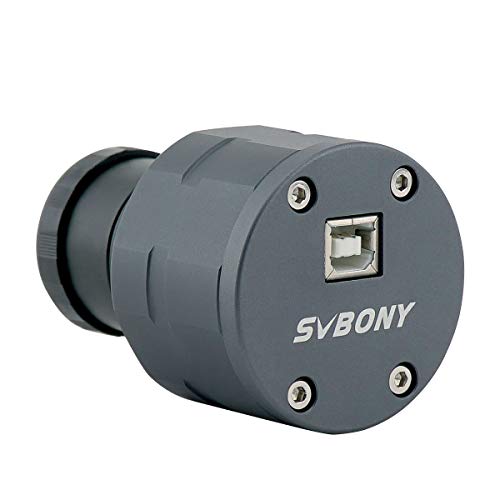

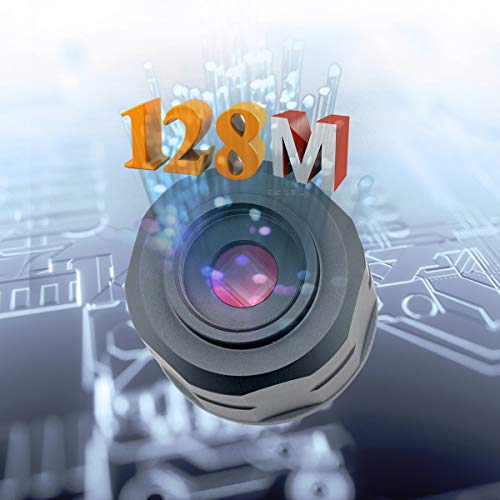
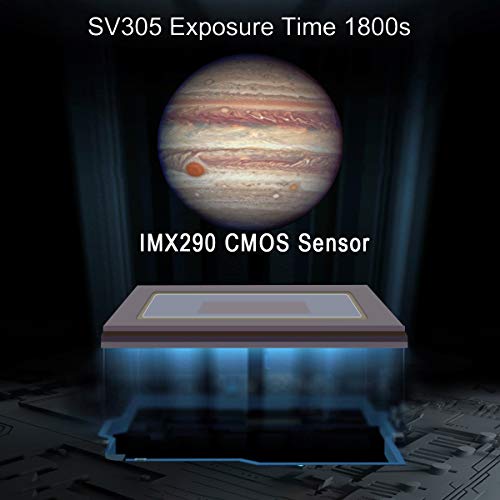

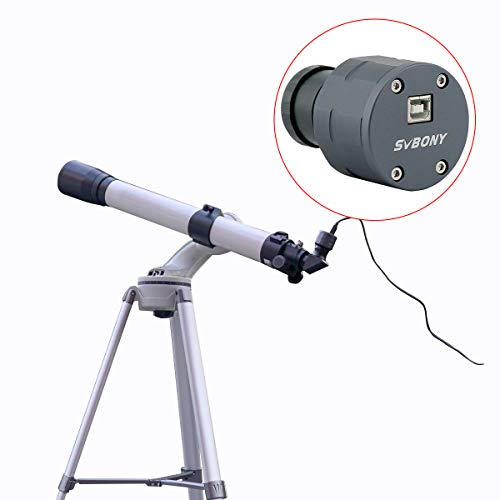
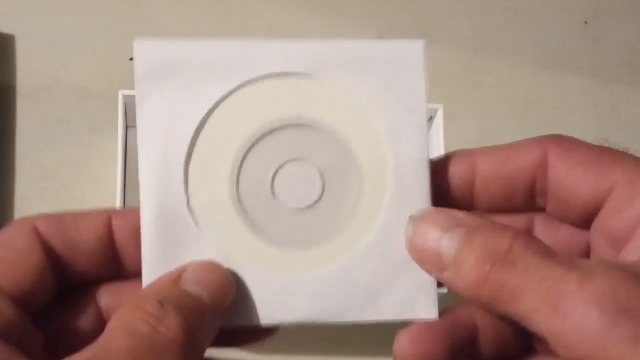
Tyana Smith
Awesome camera at an excellent price
Short version: amazing camera at an amazing price. Buy it, I'm glad I did. Long version: I'm back into astronomy after losing my eyesight to macular degeneration. Sold all my equipment to a school for pennies on a dollar and never thought I'd go stargazing again. But modern medicine helped me recover my eyesight and astronomy is possible again. Worried that my eyesight might fade again (it hasn't), I decided the new field of Electronically Assisted Astronomy (EAA) was the way to go. New camera technology has made it possible to capture images and live video through a telescope for display on a computer screen making it easier to see celestial objects and much easier to share with kids, elderly parents and neighbors, and even total strangers. Think of it as a streaming TV show about the heavens, but with a point and shoot camera built-in. I needed a telescope, of course, and found an excellent Amazon Warehouse Deal here, but years of experience meant that I knew finding a camera would be my real challenge. Astrophotography, especially of deep-sky objects, requires sophisticated camera technology that can cost thousands of dollars and that was out of the question. Then I read in an astronomy forum about a new camera, the SvBONY SV-305, at an incredibly low price. The third in a series of astronomy cameras from SvBONY, the SV305 is entirely different from the simple SV105 and SV205. In fact, it's unfortunate that the company called it the SV305 implying it was just a better SV205. It's not, its a completely different and much more capable camera. In fact, the company bills the camera as a planetary camera implying that it's only suitable for capturing images of the Moon, Jupiter, Saturn, and Mars -- maybe Venus. But my first efforts with the SV305 produced a lovely image of the Orion Nebula (M42). You'll need a laptop to use the camera. The SV305 is controlled by software; a popular (and free) program called SharpCap does the job very well. (SvBONY will soon release a new driver for the camera that will let it work with most other astronomy programs on both Mac, PC, and Linux.) The SV305 camera is based on the amazingly sensitive Sony IMX290MC color sensor. Unlike older CCD cameras that required very long exposures (and thus expensive telescope tripods and clock drive mounts that track the stars), the SV305's CMOS sensor allowed me to capture images of the moon in fractions of a second (millisecond exposures, in fact) using the rickety tabletop tripod included with the telescope I bought. (The $200 Orion 4.5" reflector is widely regarded as a great scope, but the accessories are basically junk.) I liked the results so much I bought a quality tripod and mount, and use it to take a series of 800 one-second images that were combined (stacked) by SharpCap to produce the great image of M42 mentioned earlier. So what's wrong with the SV305? Nothing really, unless you want to make one of those silly comparisons with, say, a $2000 camera. But that's like comparing a Ford to a Ferrari--the cars and the cameras are designed for very different purposes, for very different buyers. I scoured the web and didn't find anything that has the same capabilities for anything near the price. In fact, there are several cameras that use the same Sony sensor and they sell for about $150 more. Bottom line: For the price, you won't find a better entry-level astronomy camera value.
Angelika Ali
Best SVBONY camera yet!
So far I have been using this camera for short exposure through the telescope during the day time. I have managed to get some breaks in the clouds that allowed me to tinker with the camera and optimize the setting for when I get some clear skies. Here are some things you should know; 1- this is not a cooled camera therefore it’s no suitable for photos of deep space objects. Andromeda will probably be the extent of non planetary photography. 2- this is ideal for equatorial mounts and alt az mounts that are wedges. Alt az mounts by themselves will not let you get over a 20 second exposure. 3- this is the same ccd as way more expensive cameras. 4- 2 megapixels is perfectly sufficient for what you are photographing. 5- this comes with a disc that has the software. If you don’t have a cd drive like me, it’s easily available to download online for free. 6- hands down, SVBONY has the best customer service out of any telescope gear I have ever purchased.
Alanna Medlock
Great product and does a good job.
Originally I had the SV205, but it does a terrible job, showing huge color dispersion and impossible to get a neat, real colors picture. But the SV305, for a few more dollars does a great job. It shows great sensitivity during day and also night sky. I am still trying to learn and ins and outs, and as with many amateur astronomy equipment and software, one has to learn by trial and error, there are no manuals or how to, to explain the details and how make them perform (adjustments, product features what to do under what conditions), so, so far so good, but still trying to make it work for night sky takes..
Chris Anglin
5 stars for EAA price/performance
For the price this camera has exceeded my expectations. I use it in a short focal length fast refractor for imaging galaxies. Specifically I use it in an Orion 120ST F/5 refractor with an orion 0.8x reducer to do EAA (Electronically Assisted Astronomy) the small sensor size gives a large image scale for galaxies and small nebulae, while the fast F/4 reduced focal ratio allows for very short exposers for stacking. I live stack in SharpCap and use a good dark library. The results are excellent for the price of this color camera.
Sonni Hill
Well built, comes with a great sensor and product support
I had some issues initially but received great support which helped resolve my issues. I've also taken mine apart to inspect it. The product is very solidly build with a sturdy usb port, something of importance for its intended use. It's clear the product was designed well from the start. The sensor is sensitive enough to bump up the gain in sharpcap when needed. I was able to capture the attached pictures of saturn and jupiter using my 70mm refractor. Overall this is a great product at a great price which also comes with great support.
Claudia Ivette Moreno
Dont know about ZWO but this is a real upgrade from SV105
I was able to capture jupiter and saturn and every time I tried its get better. Once you understand earth movement, polar align and match the speed using a motor some kind you should be able to capture them. I used Celestron Astromaster 130eq md.
Ratnesh Jain
Nice solid camera.
This is a solidly built little camera. Well supported in SharpCap. I have not had a chance to point it at the sky yet, but playing around with it, it seems to work fine. And it has the same sensor as cameras costing twice as much. NOTE: there is no ASCOM driver for this yet, and it is not natively supported in PHD2, so for guiding you need something like a SV105. SVBONY says an ASCOM driver is in the works though.
Elisabeta Ioana Covrig
This is a special camera for long exposures
It will take awhile to learn how to use this camera. But, the result will be great pictures. It takes a good computer/laptop to utilize it.
Carey Jordan
Great service and solid Camera
Ordered on Monday evening and had in hand Thursday. So far mostly cloudy but I did get a few moments when I could get shots of the moon and Jupiter and saturn. Now for the fun part , learning the software to manipulate the raw images . Very easy to setup, I did use the driver from the web site vs the cd. Cant wait to see what a few months experimenting will do I have no clue what the features SHEERNESS and THICKNESS is about, this is a camera not a model!
John Theos
Great for deep sky!
Works great for deep sky photos. Allows for exposures longer than 30sec, however picture starts get some hot pixals over 30sec exposure.